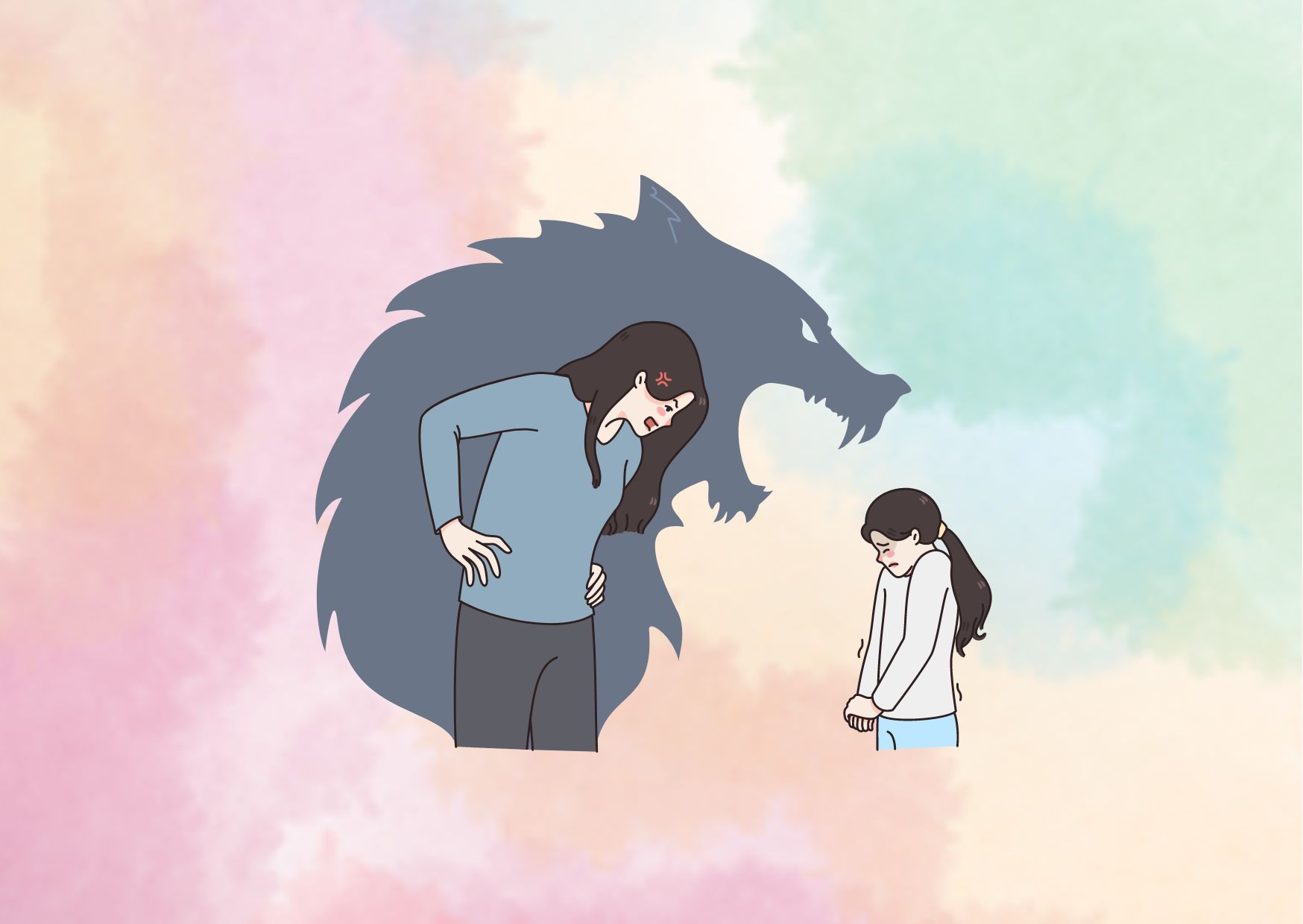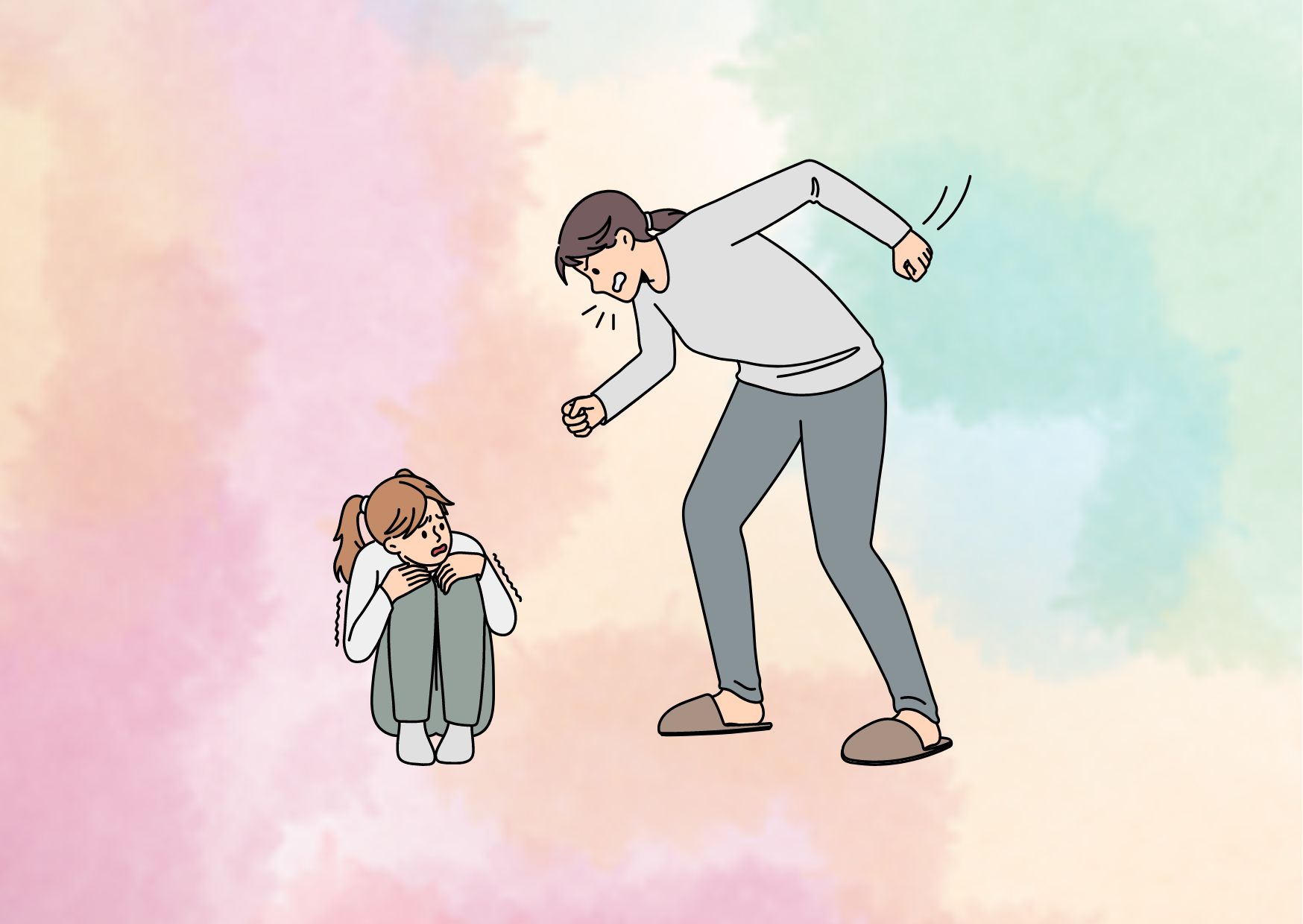16 Ways to Recognize and Resist Adultism in Everyday Life
Young people often face discrimination and prejudice based on their age, a phenomenon known as adultism. This pervasive yet often overlooked form of bias has a significant impact on child psychology and social stratification, shaping the experiences of youth in various aspects of life. Adultism, which refers to the discrimination against young people in favor of adults, manifests in many forms, from subtle everyday interactions to institutional policies that disregard the voices and rights of children and adolescents.
This article aims to explore the concept of adultism in depth, shedding light on its definition and origins. It will examine how to recognize adultist behaviors in daily life and discuss the effects of adultism on young people’s development. The piece will also delve into the intersectionality of adultism with other forms of oppression, provide strategies for adults to resist adultist tendencies, and offer guidance on empowering youth to recognize and resist adultism. Finally, it will address the need to transform institutions to combat this pervasive issue, ultimately working towards a more equitable society for people of all ages.
Understanding Adultism: Definition and Origins
What is adultism?
Adultism refers to the prejudice and systematic discrimination against young people based on the assumption that adults are superior. It is defined as “the power adults have over children” and “the bias towards adults, including their ideas, activities, and attitudes.” This phenomenon affects various aspects of society, including families, schools, justice systems, and the economy.
Adultism is often compared to ageism, but there is a distinct difference. While ageism refers to prejudice against any age group, adultism specifically targets young people. It stems from the belief that adults are inherently better than children and adolescents, and therefore entitled to act upon them without their agreement.
Historical context
The term “adultism” was first used by Patterson Du Bois in 1903, with a meaning broadly similar to its current usage. However, it wasn’t until the late 1970s that the concept gained widespread recognition through a journal article that defined adultism as “the abuse of the power that adults have over children.”
In the 1930s, the word “adultism” was briefly used in France to describe a condition where children possessed adult-like “physique and spirit,” leading them to engage in activities like stealing and prostitution. This usage was unrelated to the modern understanding of adultism as a form of discrimination.
Common misconceptions
- Adultism is necessary for child protection: While protecting children from harm is essential, adultism goes beyond this and involves the systematic devaluation of young people’s perspectives and experiences.
- Adultism is the same as ageism: As mentioned earlier, adultism specifically targets young people, while ageism can refer to discrimination against any age group, including the elderly.
- Adultism is harmless: Research has shown that adultism can have negative impacts on child psychology and social stratification, hindering the proper development of young people.
It is crucial to recognize and address adultism in order to create a more equitable society that values and respects individuals of all ages.
Recognizing Adultist Behaviors in Daily Life
Adultism manifests in various forms, from subtle everyday interactions to institutional policies. It’s crucial to recognize these behaviors to address and combat this pervasive issue. Here are some common examples of adultist behaviors:
Verbal expressions
Consider the following statements that are essentially disrespectful towards young people:
- “You’re so smart for fifteen!”
- “When are you going to grow up?”
- “Don’t touch that, you’ll break it!”
- “As long as you are in my house, you’ll do it!”
- “You’re being childish.”
- “You’re so stupid (or clumsy, inconsiderate, etc.)!”
- “Go to your room!”
- “Don’t ever yell at your mother like that!” (yelling)
- “She doesn’t understand anything.” (about a baby)
- “You are too old for that!” or “You’re not old enough!”
- “Oh, it’s only puppy love.”
- “What do you know? You haven’t experienced anything!”
- “It’s just a stage. You’ll outgrow it.”
These statements reflect the underlying assumptions that adults are superior to young people and have the authority to dictate their actions and experiences.
Non-verbal cues
Most adults talk down to children, as if they cannot understand them. Adults often discuss a young person in their presence as if they are not there. Many adults give orders or lay down rules for young people without explanation. In general, adults do not truly listen to young people, do not take their concerns as seriously as they would an adult’s, and struggle to respect the thinking of young people as being on par with the quality of adult thinking. Yet, young people are expected to listen to adults all the time.
Institutional practices
Adultism is deeply ingrained in various institutions, such as schools and the justice system. In schools, students are subjected to incredible control through measures like hall passes, detention, suspension, and expulsion. While rules are necessary, they are often imposed on young people and enforced by adult staff.
- Teachers may yell at students without consequence, but students face disciplinary action for yelling back.
- Young people are sometimes punished unfairly due to adults’ frustrations.
- Students are forced to accept their grades, which can lead to internalized views of themselves as “smart,” “average,” or “dumb,” with profound impacts on their lives. However, students do not officially “grade” teachers.
- Young people have no real power in important decisions that affect their lives in school.
In the justice system, young people may be jailed for offenses only they can commit, like breaking curfews or truancy, while adults are not subject to such rules.
Recognizing these adultist behaviors in daily life is the first step towards challenging and dismantling this form of discrimination against young people.
The Impact of Adultism on Young People
Adultism has far-reaching consequences on young people’s well-being and development. It perpetuates a systematic bias that favors adults and disadvantages youth, fostering an environment that disempowers and restricts their participation in decision-making processes.
Psychological effects
Adultism can significantly impact young people’s self-esteem and confidence. When their voices are consistently dismissed or invalidated, they may begin to question their worth and capabilities. This can lead to mental health issues such as anxiety and depression.
Young people experiencing adultism often face a consistent pattern of disrespect and mistreatment, which can have the following effects:
- Undermined self-confidence and self-esteem
- An increasing sense of worthlessness
- An increasing feeling of powerlessness
- A consistent experience of not being taken seriously
- A diminishing ability to function well in the world
The emotional legacy of years of this kind of treatment can be a heavy burden, leading to anger, feelings of powerlessness, insecurity, depression, lack of self-confidence, lack of self-respect, hopelessness, and feeling unloved or unwanted.
Social consequences
On a societal level, adultism can hinder young people’s development and contributions. It prevents them from fully participating in society, impacting their ability to influence decisions that affect their lives and stifling innovation and progress that could emerge from their unique perspectives.
Some young people may “act out” in response to adultism by bullying, being prone to violence, rebelling against societal norms, or leaving home early. Others may “act in” by becoming self-destructive through suicide attempts, alcohol and drug abuse, or depression. Some may seek a sense of belonging or safety by joining gangs, cliques, clubs, or teams, while others may isolate themselves, becoming lonely, not asking for help, and not trusting anyone.
Long-term implications
The impact of adultism can have long-lasting effects on young people’s lives. The systematic disrespect and mistreatment they face can shape their attitudes and behaviors, potentially leading to a cycle of perpetuating adultism themselves as they grow older.
Moreover, adultism intersects with other forms of oppression, such as racism, sexism, and classism. The particular ways young people are treated or mistreated are inseparable from their class, gender, or ethnic background. However, the phenomenon of being disrespected simply because of being young holds true across diverse backgrounds.
Addressing and dismantling adultism is crucial for creating a more equitable society that values and respects individuals of all ages, fostering an environment where young people can thrive and contribute their unique perspectives without facing systematic discrimination.
Suggestion for read: 6 Roots of Rebellious Behavior in Children
Intersectionality: How Adultism Interacts with Other Forms of Oppression
Adultism does not exist in isolation; it intersects with and reinforces other forms of oppression, such as racism, sexism, and classism. These interconnected systems of discrimination create compounded challenges for individuals who face multiple forms of marginalization.

